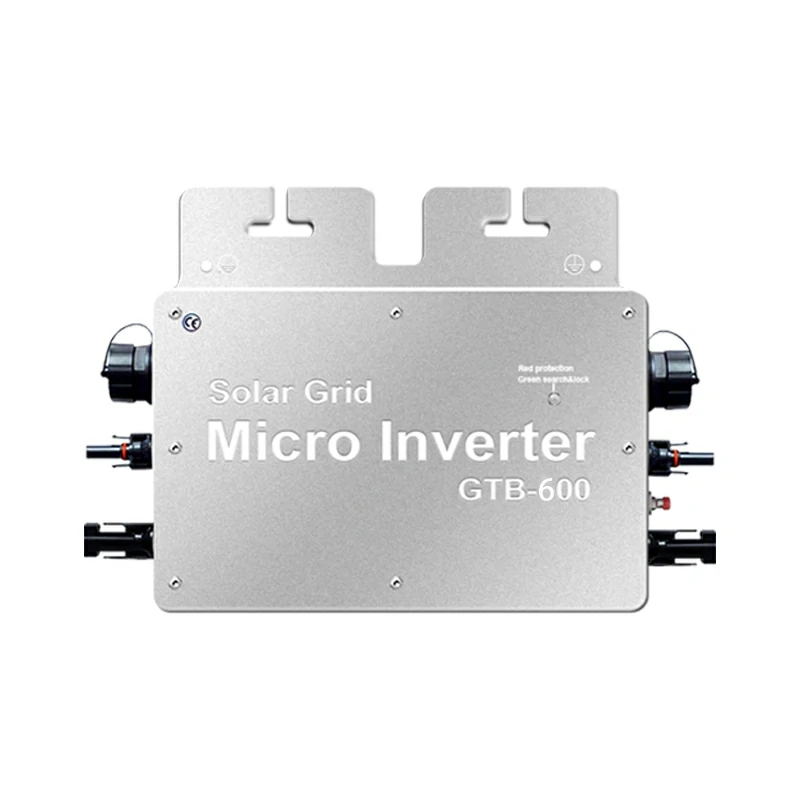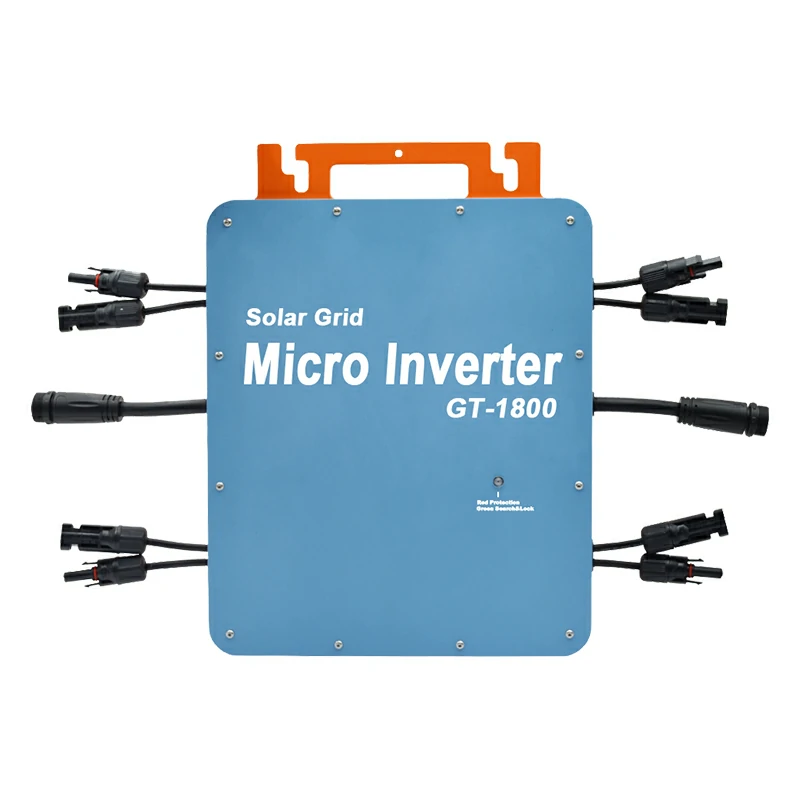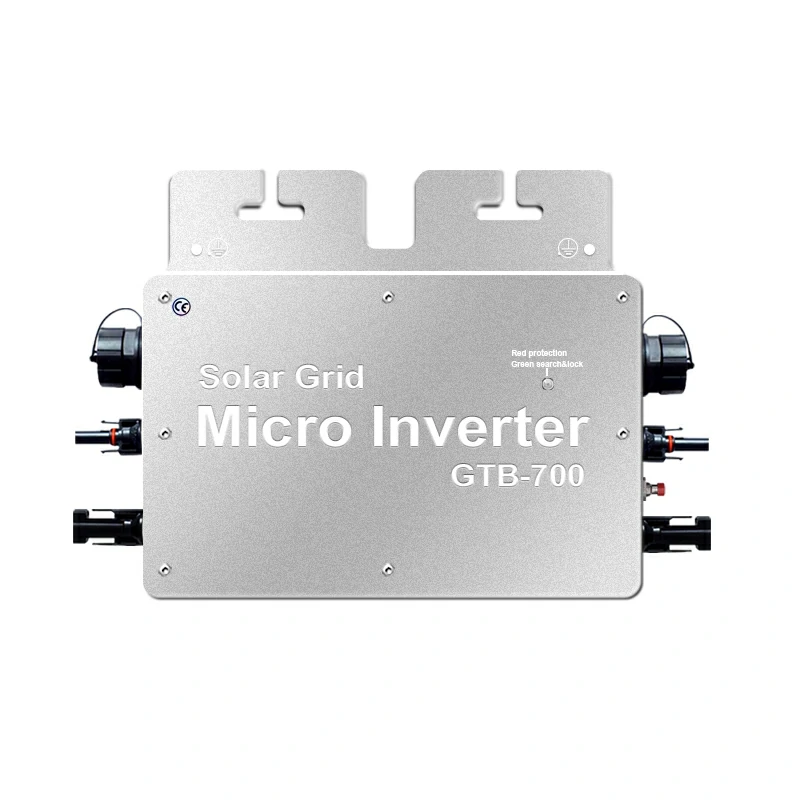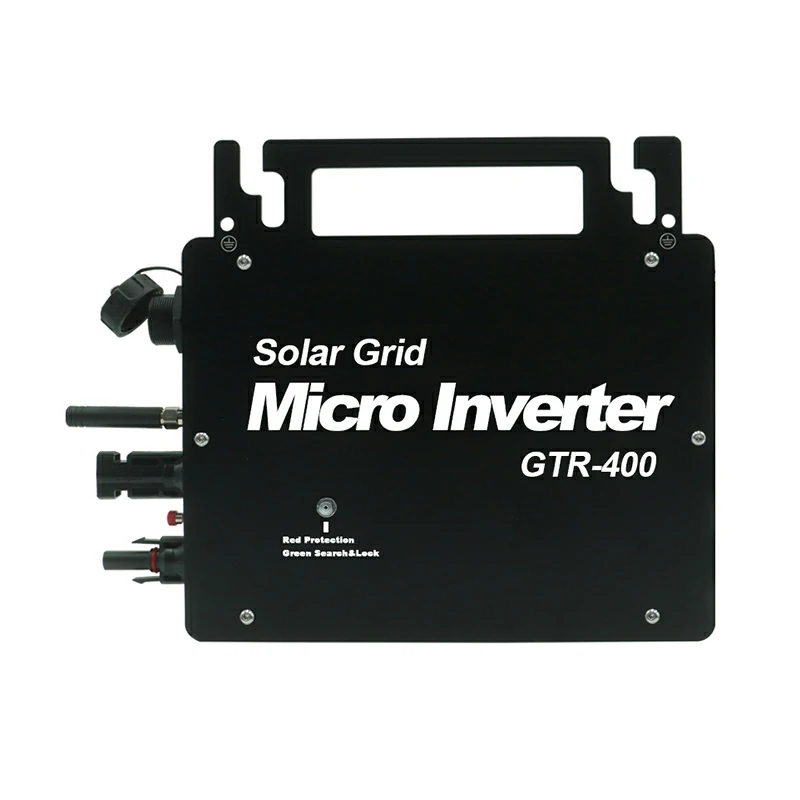Introduction
As urban living spaces become more compact and energy-conscious, the adoption of balcony photovoltaic inverters has surged. These systems enable homeowners to harness solar energy efficiently, even with limited space. However, integrating these systems with existing power grids poses several technical challenges. This article aims to shed light on these challenges and give potential buyers essential insights to make informed decisions.

Basics of Balcony Photovoltaic Inverters
A balcony photovoltaic inverter is a grid-connected inverter designed specifically for urban residential settings where limited space is limited. It converts direct current (DC) generated by solar panels into alternating current (AC), which can be used to power household appliances or fed back into the grid. The main components typically include solar panels, an inverter, mounting structures, and monitoring systems.
The primary benefit of these inverters is the ability to reduce electricity bills and reliance on traditional power sources. Homeowners contribute to a more sustainable environment by generating and using solar power while enjoying potential financial savings.
Integration with Existing Power Grids
Integrating a balcony photovoltaic inverter with the existing power grid is crucial for optimal performance and safety. Power grids are complex networks designed to distribute electricity from various sources to consumers. A grid-connected inverter ensures that the electricity generated by the solar panels is compatible with the grid’s voltage and frequency standards, enabling seamless energy transfer.
Seamless integration is essential for maintaining power quality and grid stability. It ensures that solar energy can be effectively utilized without causing disruptions or inefficiencies in the broader electrical system.
Key Technical Challenges
Grid Compatibility
One of the primary challenges is ensuring grid compatibility. Power grids vary widely regarding standards and regulations, depending on the region and utility company. This variability can pose synchronization issues, as the grid-connected inverter must precisely match the grid’s voltage and frequency. Incompatibilities can lead to inefficiencies or even damage to the electrical infrastructure.
Power Quality and Stability
Balcony photovoltaic inverters must maintain high power quality and stability. Voltage and frequency fluctuations are common issues affecting both the inverter and the grid. Additionally, harmonics and waveform distortions can occur, reducing efficiency and potentially damaging sensitive electronic devices. Ensuring consistent power quality is critical for reliable operation.
Energy Storage and Management
Integrating energy storage systems with balcony photovoltaic inverters presents another challenge. These systems must manage surplus energy effectively, especially during periods of low demand. Battery storage solutions can help but require careful planning and integration to ensure energy is stored and utilized efficiently. Effective energy management is essential for maximizing the benefits of solar power.
Inverter Sizing and Capacity
Choosing the right size and capacity for the grid-connected inverter is crucial. If the inverter is too small, it may not handle the energy generated by the solar panels, leading to wasted power. Conversely, an oversized inverter can be inefficient and costly. Proper sizing ensures that the system operates optimally, providing the homeowner with the maximum benefit.
Safety and Compliance
Safety and compliance with local regulations and standards are paramount. Inverters must include safety features such as anti-islanding protection, which prevents the inverter from feeding power into the grid during a power outage. Compliance with safety standards ensures the system operates safely and legally, protecting the homeowner and the broader electrical grid.
Solutions and Best Practices
Professional Assessment and Installation
It is essential to seek professional assessment and installation services to address the technical challenges associated with integrating a balcony photovoltaic inverter into the power grid. A professional evaluation ensures that the site is suitable for solar installation and that the system is compatible with the local grid. Grid-connected inverter manufacturers often provide detailed guidelines and support for proper installation.
Professional installers can identify potential issues related to grid compatibility and power quality, ensuring that the grid-connected inverter functions correctly from the outset. This not only enhances system performance but also extends the lifespan of the equipment.
Choosing the Right Inverter
Selecting a suitable balcony photovoltaic inverter involves considering several factors, such as capacity, efficiency, and compatibility with the local power grid. Prospective buyers should look for inverters that meet industry standards and have a proven track record of reliability.
Reputable grid-connected inverter manufacturers offer a range of products designed to meet various needs. Choosing inverters with advanced features like remote monitoring and automatic shutdown is advisable in case of anomalies. Brands that provide comprehensive warranties and customer support are preferable to ensure long-term peace of mind.
Regular Maintenance and Monitoring
Maintaining a balcony photovoltaic inverter system is crucial for sustained performance and efficiency. Regular system checks can identify issues early, preventing costly repairs or replacements. Homeowners should schedule periodic maintenance with qualified technicians who can inspect and service the system.
Additionally, monitoring tools are essential for keeping track of the system’s performance. Many grid-connected inverters come with integrated monitoring solutions, allowing users to track real-time energy production and consumption. This data can help homeowners optimize their energy usage and quickly identify irregularities.
Staying Updated with Regulations
Regulations and standards for grid-connected systems can change frequently. Staying updated with the latest requirements ensures that the balcony photovoltaic inverter remains compliant and operates safely. Homeowners should engage with local utility companies to understand current regulations and upcoming changes.
In some regions, utility companies offer incentives or rebates for installing grid-connected solar systems. Being aware of these programs can provide financial benefits and further offset the cost of installation and maintenance.
Conclusion
Integrating a balcony photovoltaic inverter with the existing power grid presents several technical challenges, from ensuring grid compatibility to maintaining power quality and stability. However, these challenges can be effectively managed with the right approach and professional assistance.
Homeowners can maximize the benefits of their solar investment by choosing the appropriate inverter, ensuring regular maintenance, and staying informed about local regulations. As technology advances and more people adopt sustainable energy solutions, the role of balcony photovoltaic inverters in urban settings will continue to grow, contributing to a greener and more efficient future.




